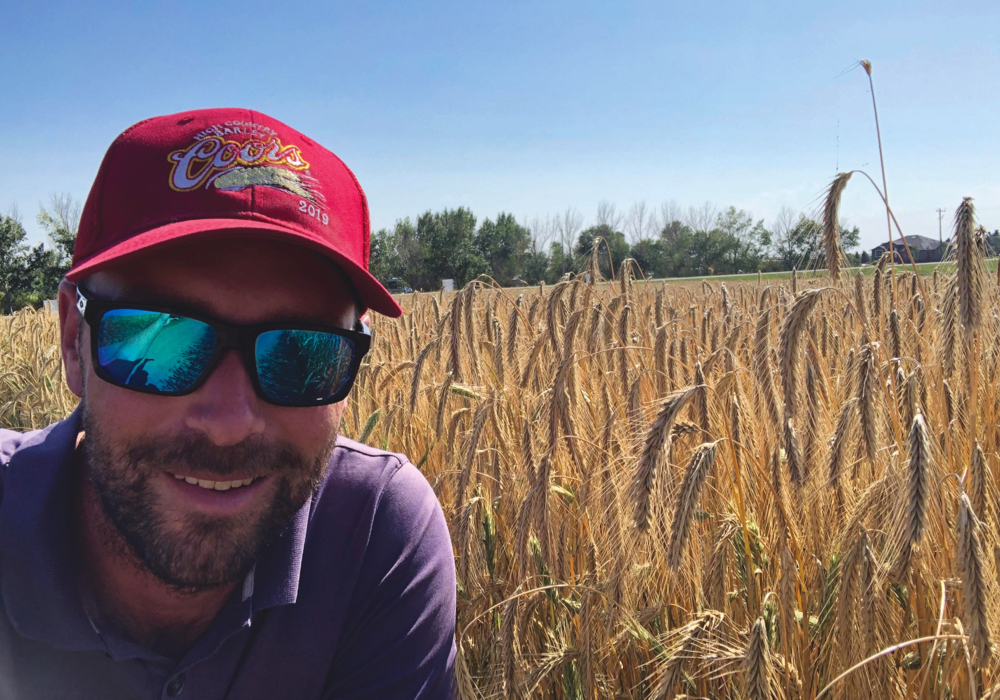It’s been a long time since soft white winter wheat was a volume leader in eastern Canada, but the speed with which red wheat grabbed market share has made soft white winter varieties very scarce, with the market for it uncertain and hard to balance.
Like food-grade soybeans, soft white winter has fallen to growers familiar with its management idiosyncrasies, meaning the crop is now the property mainly of those few growers who are patient and diligent.
In spite of all of these realities, the market for soft white winter wheat is now seeing a fairly healthy premium in the hopes of enticing more growers to return to growing the wheat, primarily for the baking and pastry trade. historically, soft white winter wheat has earned a premium of between $20 and $30 per tonne over that of soft red winter wheat, says Quentin Martin of Cribit seeds and Wintermar Farms, north of Waterloo, Ont.
Read Also

Sensing the soil: Root cell research finds ‘stress hormone’
Research into how root cells react to soil stressors could help plants better adapt to changes in their climate.
- More on Country Guide: New in winter cereal crops
Where that premium will finish over the next year is still unknown, although some crop watchers are suggesting it could settle out at twice the historic levels.
But even then it could be fickle, says Martin, who notes it doesn’t take a lot of acres of soft white winter wheat to shift ontario production into a position of oversupply.
“Yet the high premium for soft whites continues because it’s not in the fields,” Martin says. “and for the guys who have the capacity — and the patience — it’s a good situation.”
The crop requires a considerable amount of precision management, which starts with having a processor or miller lined up and ready to receive the harvest. then it takes a farmer who’s willing to manage the crop with a closer eye on quality and timing.
Spraying for fusarium control can be a challenge, whether it’s done by the grower or by a custom operator (there are advantages to both).
The same is true with harvesting: Martin advises against waiting for the crop to dry down. instead, get
in and get combining. But be aware that a custom combiner must be ready to take wheat, instead of just taking off the corn head on the day the grower wants to combine wheat. that last-minute approach could lead to sprouting in the crop if there’s a breakdown on the combine and parts and service delays keep the grower out of his own field.
For those growers who are combining their own, be prepared for tougher harvesting conditions. it really helps to be familiar with the quality and drying demands of this specialty crop. so start small and take extra care in monitoring the crop at every stage.
If you’re interested in soft white winter wheat varieties for this fall, contact your local seed dealers
for the varieties suited to your particular area, and include the buyers, too. a good beginning can pave the way for a secure ending.
















